

It’s no secret we loved the first Assassin’s Creed – maybe even a little too much. Climbing up impossibly tall structures and stealthily murdering Templar knights during the sharply realized Crusades was so much fun, we accepted certain flaws – like the repetitive side-tasks you had to undertake before each assassination mission could be unlocked, or the way the game sent you back to your home fortress after each successful takedown – as minor irritations. But as it turned out, a lot of other players didn’t. Neither, it seems, did the developers of Assassin’s Creed II.
With the bigger, bloodier and hugely improved sequel, most of the complaints that made the first AC so divisive are gone. Side tasks? Sidelined to strictly optional status; the focus is now firmly on making your enemies’ lives miserable before you kill them. Sidelined to strictly optional status; the focus is now firmly on making your enemies’ lives miserable before you kill them.
Walking around reading emails in the near future? Not even for one second. Riding horses across miles of samey wilderness? Convenient fast-travel stations now enable you to cover huge distances in seconds (although horses are still useful). Annoying beggars? Replaced by less-annoying minstrels who can be distracted with thrown coins. Awkward fights? Well, those still look pretty similar, but they’ve been retooled to be faster, much more varied and easier to understand.
What makes Assassin’s Creed II great isn’t just that it fixes most of what was wrong with the first game, though. It’s that it takes what the first game started and uses it to build something much bigger, much more involving and much more fun. The open-world action is similar – you’ll still spend a lot of time free-running across rooftops and obstacles (which is a blast), climbing up the sides of gargantuan buildings, assassinating unwitting enemies and getting into seemingly endless swordfights with guards – but the sequel expands on the original formula so much, and so well, that Assassin’s Creed feels like a training run by comparison.
This is partly because the world you’ll explore – which this time consists of five cities set during the Italian Renaissance – feels much more fleshed out and believable than the original, even coming complete with a historical database you can access every time you come across a notable person or landmark. It’s also partly because the new hero, cocky young nobleman-turned-assassin Ezio Auditore, has a much livelier, more charming personality than his cold, collected ancestor Altair, and comes off as more of an ass-kicking, morally ambiguous superhero than a merciless killer. It also doesn’t hurt that his adventure – which begins in 1476 and ends in 1499 – has a much more epic, personal feel than the first game did, as you see Ezio slowly evolve from a scared teenager, desperate for vengeance after his father and brothers are executed, to a near-invincible badass in pursuit of the conspiracy that killed them.
He’s not a lone wolf, either, and the cast of characters who come together to help him are more believable, more actively helpful and much easier to care about than any of the first Creed’s supporting assassins. They also represent a good mix of fictional characters – like Ezio’s family and his acrobatic thief allies – and actual historical figures, including the great Lorenzo di Medici and Leonardo da Vinci, who as Ezio’s closest friend plays a major role in the story.
Mostly, though, ACII is a huge improvement because there’s tons more to do this time around. In addition to Ezio’s central story missions – which will take around 15-20 hours to complete if you blast straight through – there’s a lot of optional stuff that it’s in your interest to uncover. Aside from the side missions – which consist largely of beating up faithless husbands, racing thieves across rooftops, and killing targets for money – you’ll be able to ferret out hundreds of treasure chests, eagle feathers, semi-mystical glyphs and statuettes hidden throughout the world, gaining rewards for finding them all.
There are also squads of thieves, mercenaries and prostitutes to command, who are useful for luring, fighting and distracting guards, respectively. There’s a failing town you can rebuild and invest in, and it’ll reward you with a safehouse and regular cash payments. There are new vehicles to pilot, not the least of which is one of Leonardo da Vinci’s legendary flying machines. There are also six semi-hidden Assassin tombs for you to explore, which take the form of vast, Prince of Persia-style environmental-puzzle dungeons that can eventually net you a near-invincible suit of armor.
Or, to put it another way:
So that’s all fine and good, but it leaves one question for disgruntled would-be fans of the first game: What about Desmond?
Like the original, Assassin's Creed II tells two parallel stories: that of Ezio, and that of his descendant, Desmond Miles, a hapless test subject kidnapped by a shadowy corporation in the near future. These both tie into a larger narrative about a centuries-long secret war between two Crusades-era sects, the Templars – who’ve been using “Pieces of Eden,” mystic relics of a long-dead civilization, to exert near-total control over humanity – and the Assassins, who resist the Templars in the name of free will.
If you hated Desmond’s sequences in the first game, you’ll be happy to know you only play as him three times – and when you do, you’ll be doing far more interesting things than just skulking around and reading emails. Beginning seconds after Assassin’s Creed left off, ACII sees Desmond busted out of confinement by his new accomplice Lucy (played by Kristen Bell) and taken to a secret Assassin safehouse, where he’s hooked up to a new Animus – a machine that enables Desmond to experience “genetic memories” coded into his DNA. This time, however, it’s with the aim of experiencing the life of one of his ancestors – Ezio – so that he’ll learn all the secrets and assassination techniques Ezio did.
The next two times you’ll see him, it’ll be as he tries out the things he’s learned – and after the third time, you won’t be left with another frustrating, super-cryptic cliffhanger ending. Mind you, the ending’s still kind of a cliffhanger – this is the second game in a trilogy, after all. But you’ll learn a lot about the game’s suddenly apocalyptic backstory as it closes, and the result is far more satisfying and conclusive than the first game’s weird, glyph-covered wall.
Now that that’s out of the way, let’s get back to meat of the game.
As we said earlier, a big part of why Assassin’s Creed II succeeds is because of the level of detail that went into its Renaissance backdrop. That’s not just limited to putting canals in Venice, or creating accurate, climbable models of famous Italian landmarks – every building, person, object and weathered brick looks and feels like it belongs in its respective time and city. Town criers rattle off the news as you wander near them, shopkeepers yell for your attention and everyone reacts with wonder and fear whenever you start clambering up a wall.
Sure, it breaks the immersion a little that the criers and shopkeepers repeat themselves a lot, and that the guards, mercenaries, doctors, thieves and courtesans wear nearly identical outfits in every city you visit. But overall, the illusion of historical accuracy holds up pretty well, and it’s helped along by the in-game database, which can actually be an entertaining read. Give it a look every so often, and you might actually learn a few things about architects, the professions available to women in Renaissance society and exactly what the hell a “doge” is.
Another potential immersion-breaker: everyone speaks in slightly exaggerated Italian accents, with bits of actual Italian thrown in for flavor. The effect is a bit like watching a less-grim version of The Godfather Part II, and while it can be hard to take seriously sometimes, it suits the game well. If you absolutely must have slavish realism in your games, however, you can switch the spoken-language track to full-on Italian (or French, or Spanish) with English subtitles. To give you an idea of how the Italian accents sound against actual Italian, we’ve prepared the following mashup of the two vocal tracks:
Accents aside, the thing that really cements ACII’s immersiveness is that each of the five cities has a unique look and vibe. For example, in addition to being surrounded by enormous, varied tracts of rural land, the three smaller cities each have a distinct feel: Monteriggioni is defined by high, domineering fortress walls and narrow streets, while San Gimignano’s soaring gray towers contrast sharply with its low houses and shops. Forli, meanwhile, sports a lot of ugly brick buildings whose gray hues and saggy feel echo the surrounding foggy wetlands.
Meanwhile, the sizable city of Florence has haphazard buildings, busy streets, lots of relatively new-seeming buildings and a skyline dominated by huge cathedrals. And the comparatively huge Venice (the last city you’ll unlock) has ubiquitous canals (complete with gondolas), lots of tall, close-huddling buildings and – once you’ve opened up certain parts of the city – Carnival celebrants.
Monteriggioni is also unique in that it starts out as fairly decrepit; Ezio’s uncle’s villa, where he eventually goes to live, is in a bad state of disrepair. Half the town’s buildings are boarded up, and there aren’t many people on the streets. Once you’ve gone out into the world and earned some money, though, you can come back and invest in Monteriggioni’s local businesses, or renovate its abandoned buildings through a simple menu interface.
As it comes back to life, the town will gradually take on a warmer, livelier look. Play your cards right, and it’ll also ensure that you’ll never have to worry about money again, thanks to the regular payments you’ll get as landlord. (Until you start getting those payments, you’ll have to rely on mission bounties and whatever money you can can pickpocket or loot from dead bodies.)
Of course, that begs the question of what else you can spend that money on. In addition to hiring assorted scumbags to help you deal with guards, you can use it to buy works of art for your villa (which increase the town’s overall value), as well as treasure maps, new and more powerful weapons (there are 22 in all, although PS3 owners can potentially get 26 – more on that later), new pieces of armor (which boost your health) and even dye jobs for your costume. Note that that last item is purely aesthetic; changing your colors might look cool, but it won’t fool guards into thinking you’re someone else.
Not that you’ll really need to, though; guards in ACII are pretty easy to shake, although they tend to get in your face an awful lot. If you do something they don’t like in front of them – like killing someone, picking pockets, looting corpses or tearing down a wanted poster – they’ll either start harassing you or draw their swords and charge. At that point, you can fight them (which we’ll get to in a second) or run, in which case you’ll have to break their line of sight and escape from a GTA IV-style “wanted” circle on your mini-map.
No matter what you do, though, it’ll raise your Notoriety, a persistent wanted level that makes guards quicker to attack if they notice you acting up. You can lower this by tearing down wanted posters, bribing town criers or assassinating “corrupt” officials who are bearing “false” witness against you (for your very real crimes).
Throughout the course of the game, you’re subtly offered countless alternatives to fighting. You can slip into crowds to remain invisible to guards (no waiting for groups of scholars this time), or hire some prostitutes or thieves to distract them. You can climb past guards, yank them off ledges, use smoke bombs to escape from them, sneak around and hope they don’t notice you, or surreptitiously poison one of them and let his agonized staggering distract the others. You can even stab and conceal them from the safety of a bale of hay, or leap down from a high ledge and air-stab them before they can see you.
But here’s the thing: while all that stuff is fun, and adds a lot to the game, none of it is really necessary. Because however intimidating the new enemy types are, however tough they might be, fighting in Assassin’s Creed II is easy. Or at least, it is once you know what you’re doing.
Above: Seriously, you can take these guys on bare-handed and win
Above: The big, armored Brutes, though… they’re a little harder
Basic combat is still more or less the same as it was in the first game; enemies gather around you in a circle, trying to outflank you and waiting for their moment to strike. The difference this time around is that it’s possible to simply whale on them with the attack button, which will usually whittle down their health even if they’re blocking. To make combat really interesting, though, you’ll need to learn how to counter your enemies’ strikes by holding down the block button and hitting “attack” at exactly the right second. Pull it off, and you can execute some exceptionally bloody finishers that can end a fight instantly.
You’ll have plenty of other options, too, especially once you’ve collected all of Ezio’s various skills and upgrades. For starters, there’s unarmed fighting, which is an excellent option for pacifistic types who want to leave enemy guards alive, throw sand in their faces or, later on, simply take away their weapons with a well-timed counter.
Above: And then use them to murder their owners, if you want
Thanks to upgrade instructions left behind by Altair and implemented by Ezio’s friend Leonardo da Vinci (here still a young genius), Ezio will not only eventually be able to use two hidden blades to assassinate unsuspecting victims, but he’ll be able to wield them in combat, too. They’re not quite as effective as a sword – or a mace, or a hammer, or a dagger – but in a pinch, they’re a lot more lethal than your bare hands.
Alternately, you can simply blow your enemies away at close range, once you’ve earned the hidden- pistol upgrade (although it takes a second to aim). And if things start to go really badly, you can prolong your life by taking a quick hit of medicine, which cures instantly and can be carried around in an upgradeable pouch.
The key thing is that you’ve got a lot of interesting ways of getting out of any given scrape, and they’re all fun to play around with. Having Ezio’s gadgets, speed and near-superhuman acrobatic skills at your disposal – combined with the out-for-justice narrative and the way people talk about Ezio as his notoriety slowly grows – makes the game feel a little like being a medieval Batman, only with a better sense of humor and no disdain for murder. And that’s a pretty big step up from just another faceless assassin.
Above: You’ve even got Detective Vi- er, Eagle Vision, which is much improved from the first game and invaluable for finding hidden stuff
As is usual with multiplatform games these days, there really isn’t much of a cosmetic difference between the 360 and PS3 versions of the game; the 360 edition looks slightly sharper, while the PS3 is a little fuzzier and sports slightly warmer colors. You know how this goes. However, there is one other big difference between the two versions, and if you’re a PS3 owner, you come out ahead this time – provided, of course, you have a PSP and plan to pick up, play through and (ideally) finish Assassin’s Creed: Bloodlines.
If you do, then you’ll be able to access the games’ connectivity features. What this means is that as Ezio, you’ll gain the weapons dropped by the bosses Altair fights in Bloodlines, and that any of the Templar coins you find as Altair will be converted into ACII’s florins. Altair, meanwhile, can receive any hidden-blade upgrades Ezio earns. The new weapons aren’t exactly necessary – they won’t count toward your collection totals, and they’re not tied to any Trophies – and the Bull’s Mace in particular will disappoint anyone who saw the above image and hoped for a ball and chain. But they’re fun to use, and they can give you a big advantage if you get them near the beginning of the game (so can the money, actually).
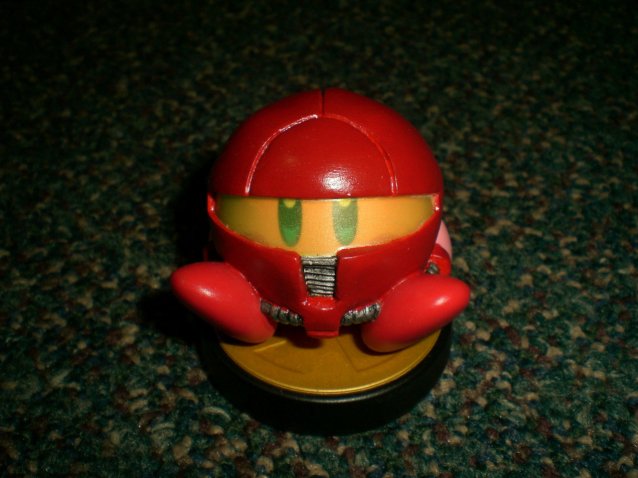
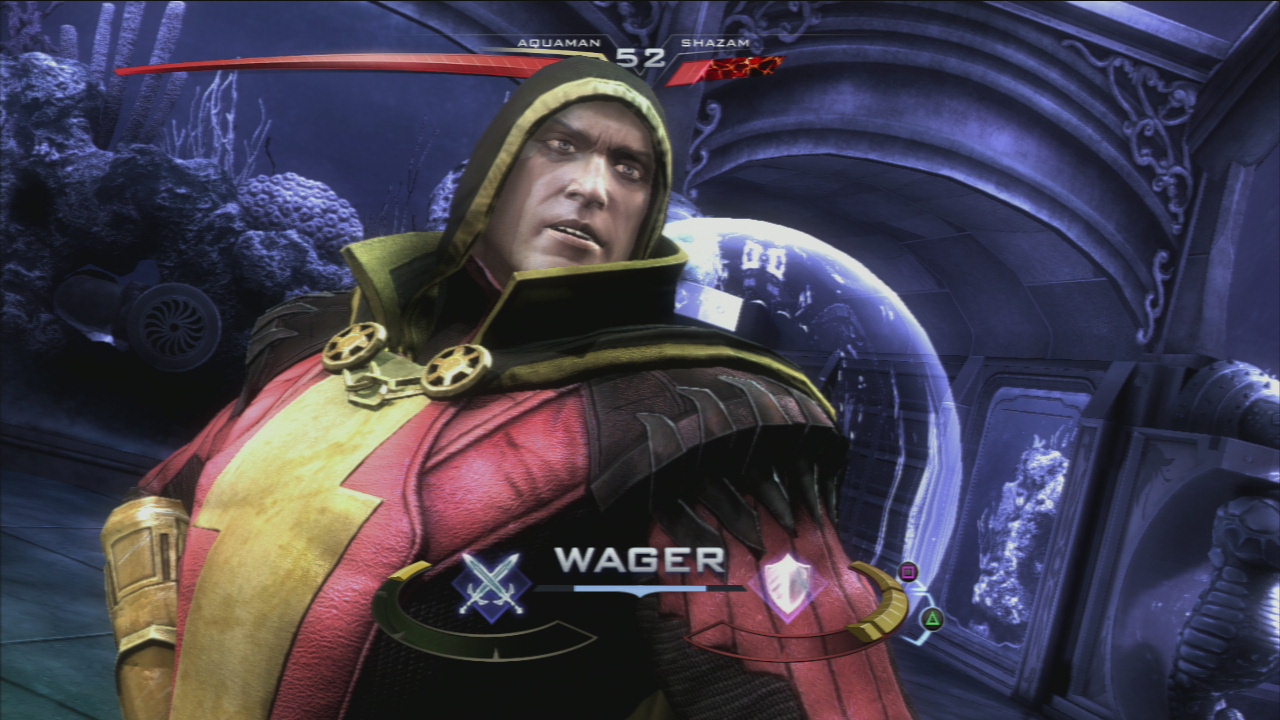

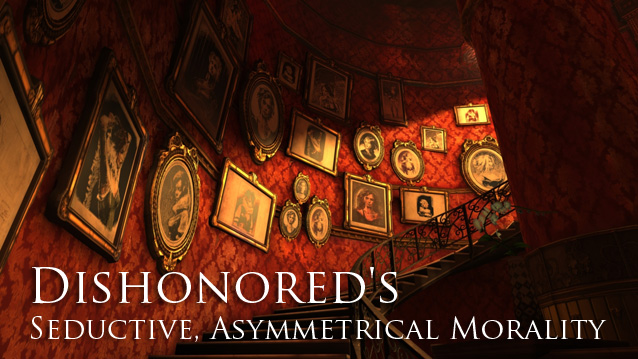
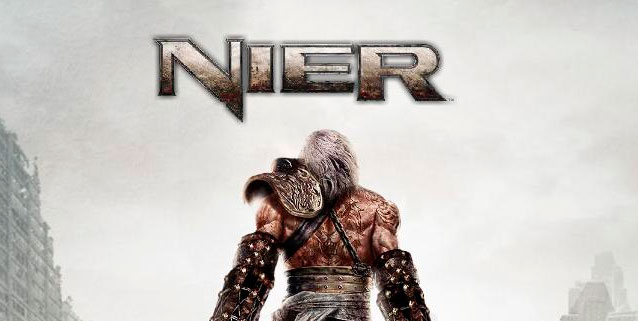 Top 10 Best PS3 Games of 2010
Top 10 Best PS3 Games of 2010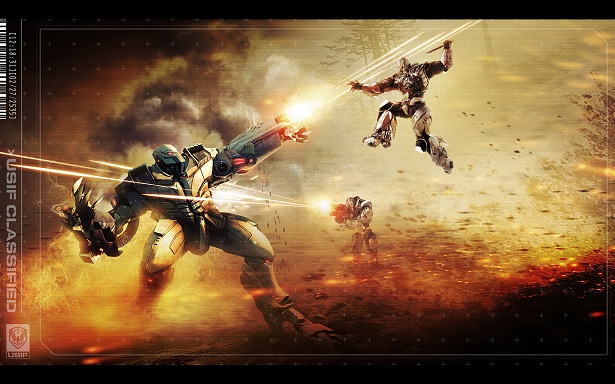 Section 8: Prejudice Guide
Section 8: Prejudice Guide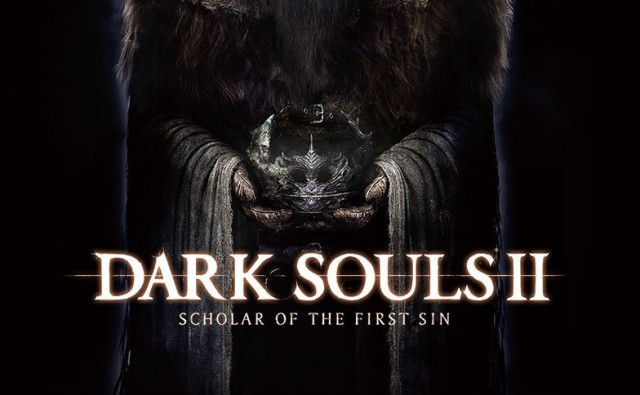 Location of all Dark Souls II: Scholar of the First Sin DLC Keys
Location of all Dark Souls II: Scholar of the First Sin DLC Keys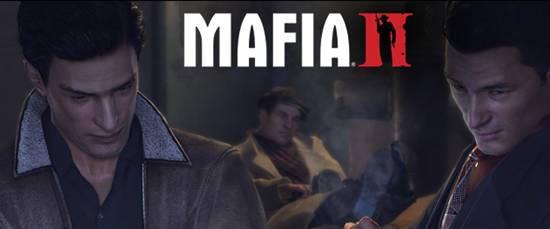 Mafia 2 Wanted Posters Locations Guide - Xbox 360/PS3/PC
Mafia 2 Wanted Posters Locations Guide - Xbox 360/PS3/PC Why Brand Loyalty is the Enemy of Productivity
Why Brand Loyalty is the Enemy of Productivity